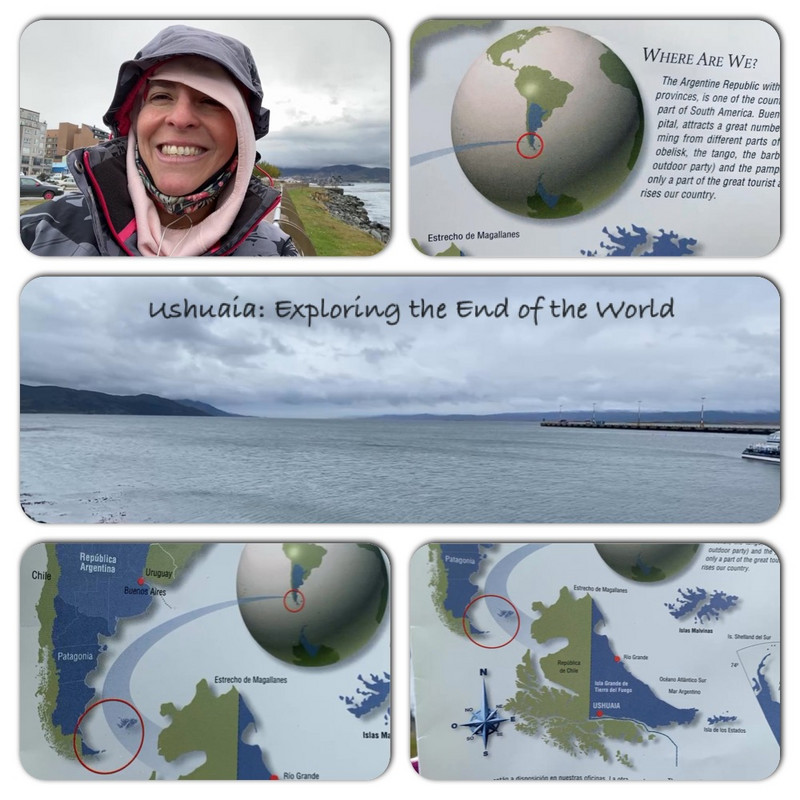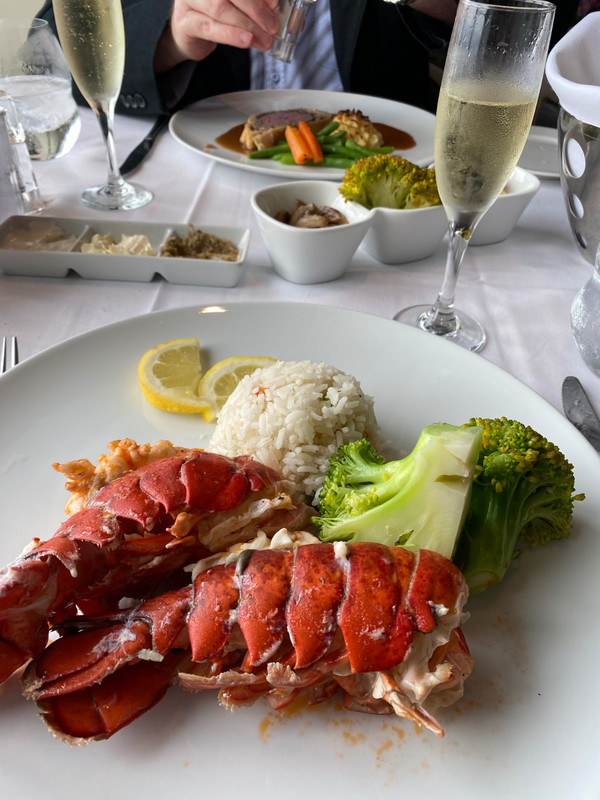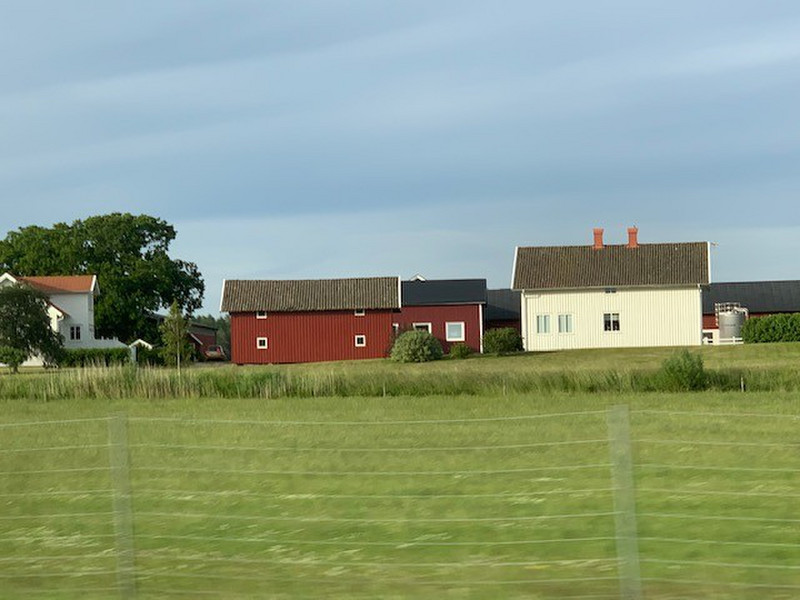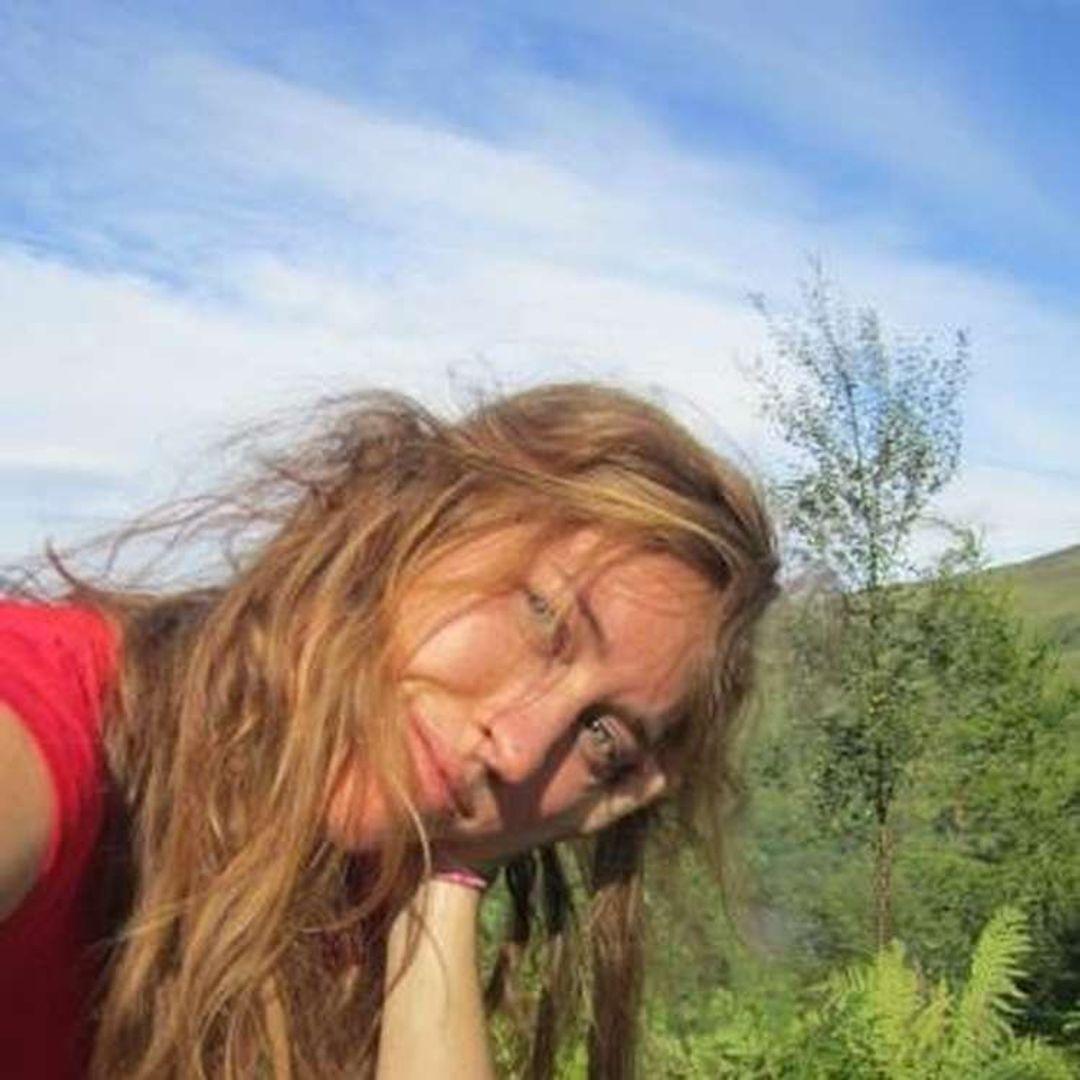The site was first settled by Wasti H. Stirling, an English missionary, in 1870. In 1884 an Argentine naval base was established, and in 1893, after the archipelago was partitioned between Argentina and Chile.
There is little agriculture on the island, but oil & gas reserves have been developed. Many textile and electronic firms have been established at Ro Grande.
Fishing activity centres on spider crabs and mussels and other mollusks, which are canned and exported.
The channel was named after the ship HMS Beagle during its first survey of the coasts of the southern part of South America which lasted from 1826 to 1830. During that expedition the Beagles suicide and was replaced by captain Robert Fitzroy.
The ship continued the survey in the second voyage under of captain FitzRoy, who took Charles Darwin along, Darwin had his first sight of glaciers when they
reached the channel on 29 January 1833, and wrote in his field notebook It is scarcely possible to imagine anything more beautiful than the blue of these glaciers, and especially as contrasted with the dead white of the upper expanse of snow.
Taking advantage of Ushuaias distance and isolation, the Argentine government opened a prisoned in 1902 and many of the countrys worst criminals were sent to it.
During winter the harsh conditions of being at the end of the world, or as some people call it – the Siberia of Argentina – must have really exacerbated the punishment of prison life.
There is a constant fight with monotony in prison, but the inmates werent always locked inside their cells. They laboured in constructing the town. This was paid work so prisoners could save a little money for their rehabilitation upon release, or send it to their relatives outside.
Rehabilitation was unlikely however, since its reported that the prison was dominated by Machiavellian power dynamics that encouraged antisocial behaviour and made individuals less prepared for society than when they were removed from it.
Finally in 1947, in response to reports of abuse and inhumane living conditions, the prison closed and the premises were handed over to the naval base. Inmates were sent to other prisons further north in Argentina under the order of President Juan Pern. But theoretically its closure wasnt exactly true.
By the late 1950s, dozens of political adversaries were still being incarcerated in Ushuaia under a clandestine operation known as the Conintes Plan led by President Arturo Frondizi, who was instated after a military coup overthrew Peron. The Conintes Plan was a repressive regime that suspended civil liberties and attributed greater power to the Armed Forces to arbitrarily detain civilians by accusing them of terrorism.
Frondizi Presidency didnt last long, he was also overthrown in 1961 by a coup, and soon after the last remaining political prisoners were also released.
In 1994 the old prison reopened as a museum called the & Maritime Museum of Ushuaia and today it is one of the citys main attractions.
Tourism has been hit hard during the pandemic and currently borders are not open to overseas visitors.









